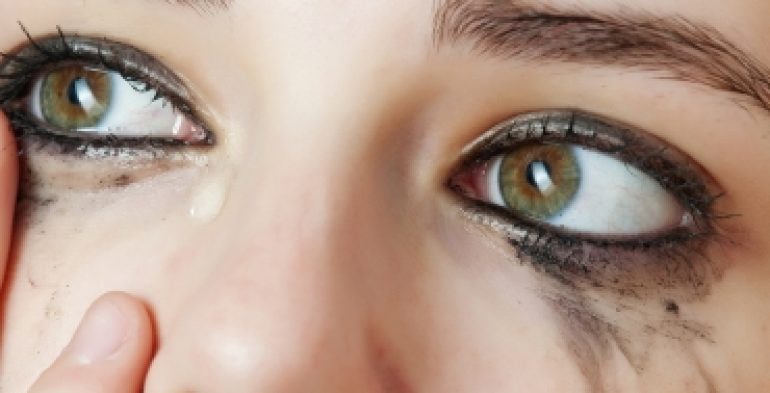
Doctor, my eyes are watery, can you help?
Watery eyes are an extremely common complaint for people living in the UAE. This seems to be more prevalent here as the local environment leads to a predisposition to developing problems with the outer part of the eyes. Factors such as strong sun, dust from building sites, high temperatures and sand, all contribute to irritate the eyes, along with indoor factors such as constant air conditioning, home dust and animal hair. Not to mention soaps, toiletries and make ups.
But what happens exactly?
Let’s see how the eye works; the first barrier to any object or bug that hits the eye is the ‘Ocular Surface’ and it is like our skin, which protects the inner organs from the outside environment. The Ocular Surface is made up of the cornea, the window of the eye, and the white part, the conjunctiva. The first reaction the eyes have when anything upsets the Ocular Surface is to produce more tears. This is a natural reaction to try to wash away whatever has come into contact with the eyes, of course if the irritation persists, the eyes will continue to water and will become red after a while.
Why do tears spill over the eyelid?
Simply, the drainage pipe is not large enough. It’s like a sink with a tap and a drain. If the flow of water out of the tap is too great, then the drain cannot cope and water will soon fill the sink and then spill over the edge. The eyes have a similar process, and if for some reason there are more tears produced then normal, the small tube (tear duct) that connects the outer eye with the nose that drains the tears is not able to cope, as it is just not big enough. So, we experience tearing. The eye has a very fine balance between the amount of tears that are produced in the normal resting state and the amount of tears that can be drained away by the two small openings in the corner towards the nose.
Psychological factors
Apart from an irritating agent, there can be psychological reasons why more tears are being produced. A typical example is what we know very simply as crying, be that for sadness or joyful moments such as at a wedding ceremony.
What happens when tear ducts narrow or even completely blocked?
If a patient with watery eyes has narrow or blocked tear ducts, then tear drops will run down the cheek all the time.
Watery eyes are not only annoying but can lead to other symptoms. The eyes become red and irritated as the salty tears gather and do not flow like a river, which is not healthy for the eyes. This can also increase the risk of infection as well.
A watery eye blurs the vision as the cornea is meant to be bathed only by a small amount of tears. Patients can have even more blurred vision when there is a thick rim of tears sitting on the lower lid. Watery eyes can be socially embarrassing, when there is a constant stream of tears. Some patients live their lives with a tissue in their hand. It is a very serious issue and for some can result in surgery.
The last type of watery eye is actually due to dry eyes.
If we lack that small but constant tear output to keep our eyes moist, the eyes will overreact to stimuli such as a blow of wind or air conditioning and produce a big burst of tears. In other words, the dry eye patient can only produce tears in bouts and with little control over the quantity. This can be cured with daily tear replacement drops or small plugs, which are inserted in a painless outpatient procedure.
Tips to reduce watery eyes
There are many causes of watery eyes and this problem should not be underestimated. It is important to understand why the eyes are watery and get the appropriate treatment.
Here are tips for those who just suffer with watery eyes due to the local environment. Certainly, a good pair of wrap around sunglasses will make a difference, if you are in the desert or diving in the sea, and a few drops of artificial tears will help. Also, when using computer screens, there is a tendency for the eyes to dry out and artificial tears are an excellent way to help reduce dry eyes. Blinking often also helps reduce dry eyes.










